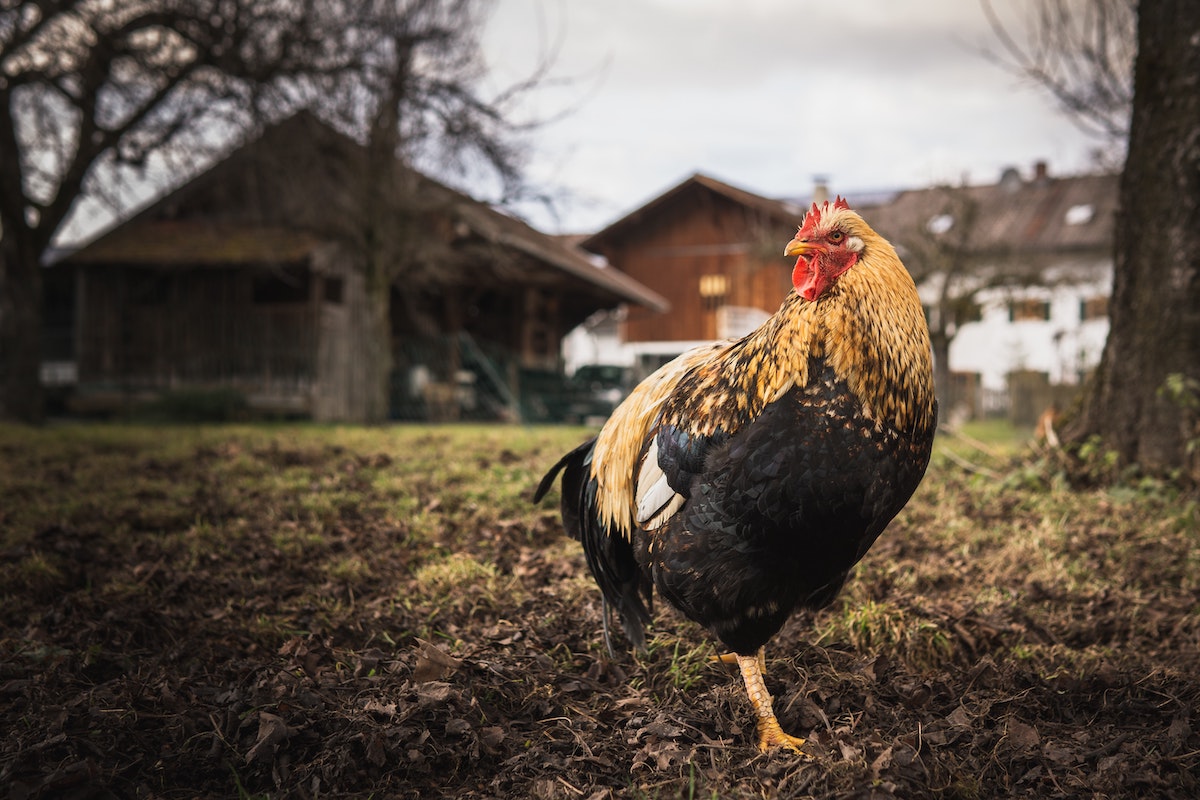Wild Birds with Avian Flu Found in Santa Barbara County
Commercial and Backyard Poultry Owners Advised to Take Precautions

“Avian flu” arrived to Santa Barbara County, Public Health announced today, with an undisclosed number of cases in wild birds reported recently. The disease had apparently not yet affected a domestic flock locally. Wild birds can transmit the highly pathogenic virus to domestic flocks of birds, and across the nation, both commercial and backyard birds have come down with the disease since early 2022. The disease has been circling the globe as well, leaving a wake of dead fowl and concerns over the virus potentially jumping to humans.
On the North American continent, the current bird flu virus first appeared in domestic birds in Newfoundland and Labrador, Canada, in December 2021. It spread down the East Coast, and across all four North American flyways, often by waterfowl like ducks and geese, said Steve Lyle, director of Public Affairs for the state Department of Food and Agriculture. While Public Health stated the risk to humans is low, residents are advised to avoid direct contact with wild birds that appear ill or are dead.
Owners of poultry are similarly advised to reduce contact of their flocks with wild birds: Keep birds in a covered enclosure, drain water sources that attract wild birds and keep domestic birds away from the source, wash hands, disinfect boots and equipment, and do not share equipment. In birds, the illness usually manifests as trouble breathing; discharge from nose, mouth, or eyes; lethargy; loss of appetite; swelling; discoloration; decrease in eggs; or diarrhea.
According to the U.S. Department of Agriculture, more than 800,000 birds have been affected in California since November, including birds in 16 commercial flocks and 18 backyard flocks. The data indicates that the first California cases were found among wild birds in Sacramento and Butte counties in August 2022, followed by the loss of 33,900 chickens at a commercial broiler breeder in Fresno. Other counties affected are Merced, Placer, San Joaquin, El Dorado, Tehama, Sonoma, Mendocino, San Diego, Stanislaus, Del Norte, and Monterey.
The virus has jumped to mammal species — grizzly bears in Nebraska and Montana, skunks and raccoons in Oregon, and a large number of domestic minks in Spain — which were killed in order to contain the virus. The Centers for Disease Control identifies it as the H5N1 virus and stated the virus has affected humans as well. Seven cases have been detected in humans worldwide so far, the CDC reported, and one was a person in the U.S., who’d been employed culling poultry in Colorado and had reported fatigue before recovering. The CDC counted four cases that had virtually no symptoms, concluding that the virus detected might have been non-infectious. Severe disease occurred in three cases, including one death. No human-to-human spread is known to have occurred in this outbreak.
The California Department of Food and Agriculture requests that reports of sick or dead domestic birds be phoned to the Sick Bird Hotline: (866) 922-2473. Reports of dead wild birds can be made to the California Department of Fish and Wildlife’s online Mortality Reporting page. More information on protecting domestic birds can be found at the U.S. Department of Agriculture “Defend the Flock” program website.



